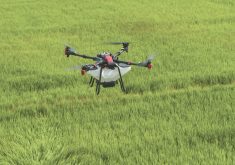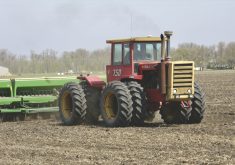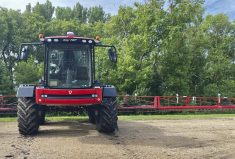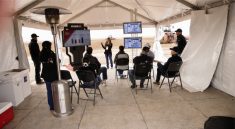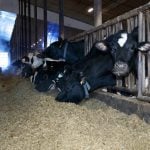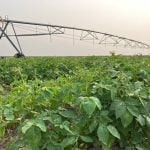“Welcome to the new world of spraying,” quipped Roeland Coopman, chief commercial officer at Agrifac, a European-based sprayer manufacturer, as he made a presentation during a recent online media conference streamed live from Paris, France.
Those words are no exaggeration. How chemicals are applied on farm fields in developed countries across the planet is poised to change pretty significantly. Growers everywhere will need to prepare for that future.
“Political pressure has grown in regards to farming,” he continued. “It’s driven not just by governments, but individuals and NGOs. And it brings a broad challenge”
Read Also
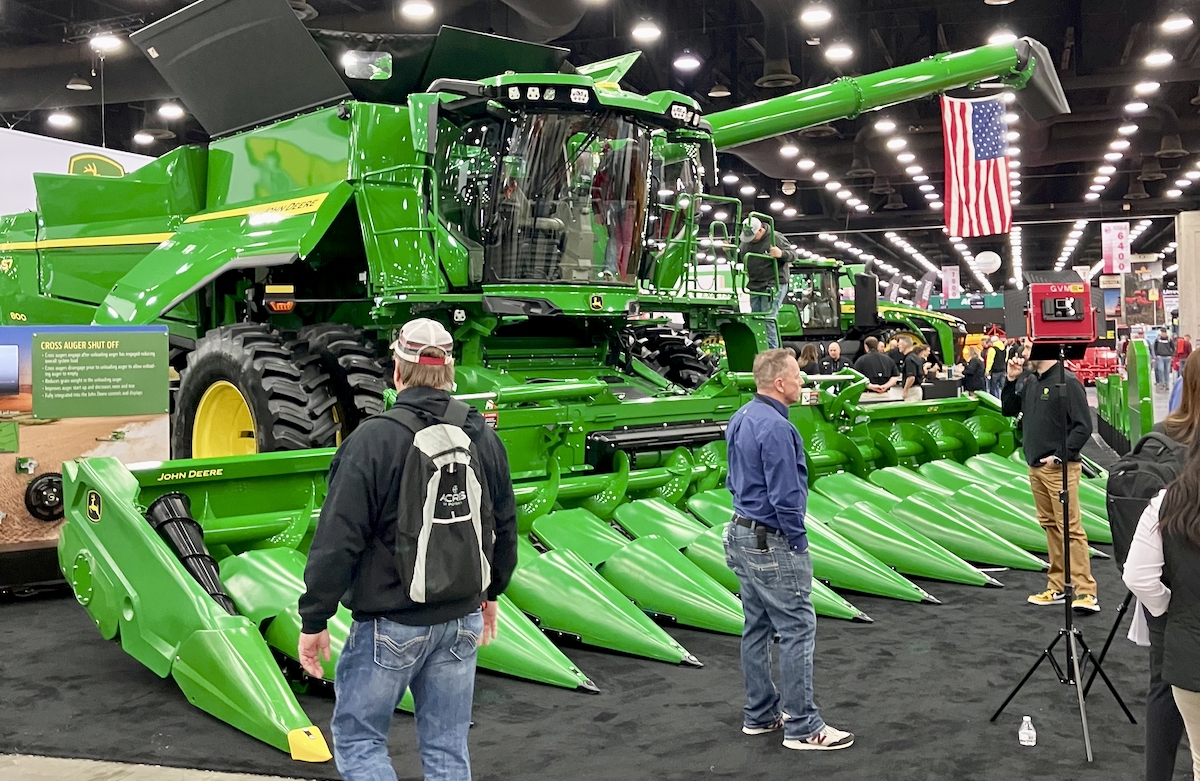
The pros and cons of new technologies
New farm technology hitting the marketplace can be awfully enticing, and it’s not been unheard of in years gone by…
Nowhere is that more true than in Europe, so it’s no surprise much of the R&D going on in application equipment is coming, at least in part, from European manufacturers and tech firms. But the pressure is building everywhere. Pending or proposed chemical use regulations are already many and varied.
“In almost every different country we have a national action plan that is being rolled out regarding chemical spraying,” Coopman said. “Canada has a Pesticide Risk Reduction Program. The U.S. has the Integrated Pest Management system, and we could go on for hours. The list of every country or every state almost follows its own routes.”
Coopman was one of three executives speaking to farm journalists at the online press event. And he also had some product news to reveal, as Agrifac moves toward meeting the challenge of a much more restrictive future for chemical application. In partnership with sister company Exxact Robotics, it will introduce 3S, a factory-installed, green-on-green spot spraying option on its 2022 model year sprayers. (Green-on-green refers to the ability of a system to identify weeds in a green, growing crop and selectively spray only them.) Other sprayer brands owned by Agrifac and Exxact Robotics’ parent company, Exel Industries Group, will eventually get the technology too. Those include Apache and Hardi, which are names familiar to North American growers.
“In order to meet the 50 per cent reduction of chemicals and the 20 per cent reduction of fertilizer by 2030 (in Europe), the 3S technology is essential,” Coopman said. “We have entered into a new era of spraying. Achieving 50 per cent reduction in chemicals will be the law in the EU. 3S will be essential in meeting these targets. The U.S. and Canada will follow, not just because the law requires it, but because the economics are better.”
But while Coopman’s firm stands out as one of the first brands out of the starting gate with that level of sophisticated commercial sprayer technology, it’s not surprising that nearly everyone in the application business is chasing the same goal.
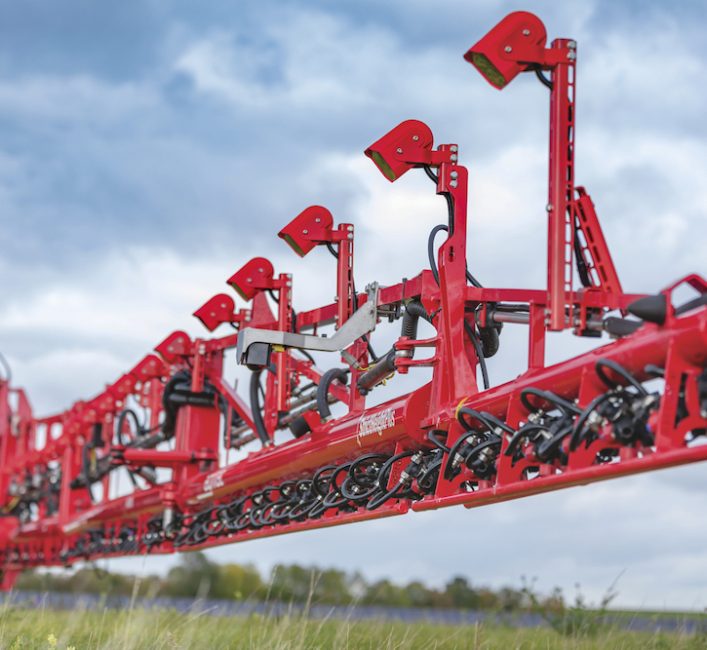
In March, John Deere announced it is adding See and Spray Select as an option on its 400 and 600 Series SP sprayers. However, at the moment that remains a green-on-brown technology. (Green-on-brown refers to the ability to identify growing plants only in a fallow field.)
“Fallow ground spot-spraying is only the beginning of the John Deere See Spray journey as we help farmers transition from field, to zone, to row, and now to individual plant spraying,” said Joel Basinger, marketing manager for Deere. “John Deere continues working on future solutions that will meet additional customer needs beyond See Spray Select. These solutions will leverage foundational See Spray technology to provide value for both pre- and post-emerge applications in crops such as corn, soybeans and cotton.”
Then in May, AGCO revealed it, too, is chasing advanced spot spray technology. The company announced it has teamed up with Robert Bosch GmbH, BASF Digital Farming, Xarvio Digital Farming Solutions and Raven Industries to create a sophisticated green-on-green system, and it’s currently involved in a “proof of concept” effort. In other words, it’s in field trials.
Those trials were taking place in Europe, but the brand said the program would be expanded to include a North American component sometime in 2022.
“This effort is aimed at validating the targeted spraying solutions, delivering a reduction in product use to achieve the same results as broadcast spraying in both pre- and post-emergence with the flexibility of spraying day or night,” said Seth Crawford, senior vice-president and general manager, Precision Ag and Digital at AGCO.
When it comes to developing very sophisticated technology, especially involving artificial intelligence, it’s common for the major brands to look for outside help from specialty tech firms or even relatively new startups, which could then easily be bought and taken into the corporate fold.
“The expertise of each organization will undoubtedly provide industry-changing solutions for some of agriculture’s greatest challenges,” said Dominic Walkes, Raven Applied Technology’s director of strategic initiatives. “This smart spraying proof of concept is the first of many that will aid in advancing solutions for a more sustainable future.”
In the case of spinoff firm Exxact Robotics, Excel Industries Group started that organization especially for the purpose of pursuing tech advancements. “We created Exxact Robotics two years ago, with a mission of breakthrough innovation for each of the Exel Group brands,” said Yves Belegaud, CEO of Exel Industries Group, whose company has now become the third-biggest filer of patents in France.
“Right now it (Exxact Robotics) is a company focused on innovation, specifically disruptive innovation,” said Colin Chaballier, CEO of Exxact Robotics. “We’re located near Paris. We have a team of 25 engineers and PhDs targeting mechatronics and AI perception topics, and they are working with 100 engineers from partner companies.”
Another young startup, Israel-based Greeneye Technology, which claims Syngenta among its list of corporate partners, has launched a retrofittable green-on-green system that is compatible with most major brand sprayers. It held its initial commercial launch in its home country in 2021. Now it’s moving on to North America with limited commercial distribution for 2022. It plans to initially work with midwestern corn and soybean growers before expanding to other states in 2023.
“Crucially, the system is designed to integrate seamlessly into any brand or size of commercial sprayer, removing the need for farmers to invest in new machines,” says the company’s announcement. “It also ensures that precision spraying can be carried out at the same travel speed as broadcast spraying, 20 km/h, ensuring no reduction in productivity for farmers.”
“The next generation of our technology, which is already in development, will also be capable of precisely spraying chemicals such as fungicides and micronutrients, increasing savings to farmers beyond herbicides,” said Greeneye Technology’s CEO Nadav Bocher.
But with systems that rely on pinpoint spray accuracy, sprayer features such as boom stability control will play a crucial role. Said Exxact Robitocs’ Chaballier. “It’s about working with engineers to integrate the equipment onto the boom.”
In-cab integration is big too. The best way to do that, said Chaballier, is to work directly with a sprayer manufacturer to prevent a repeat of the cab clutter that growers experienced a decade ago trying to blend implement electronic control systems with tractors.
Said Chaballier: “Now the challenge for all manufacturers is to reduce the number of interfaces … All this integration is only possible if you are working with a sprayer manufacturer.”




